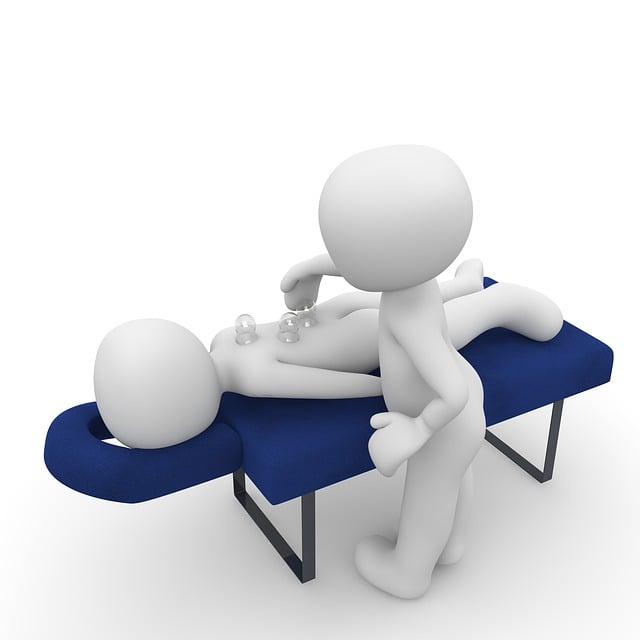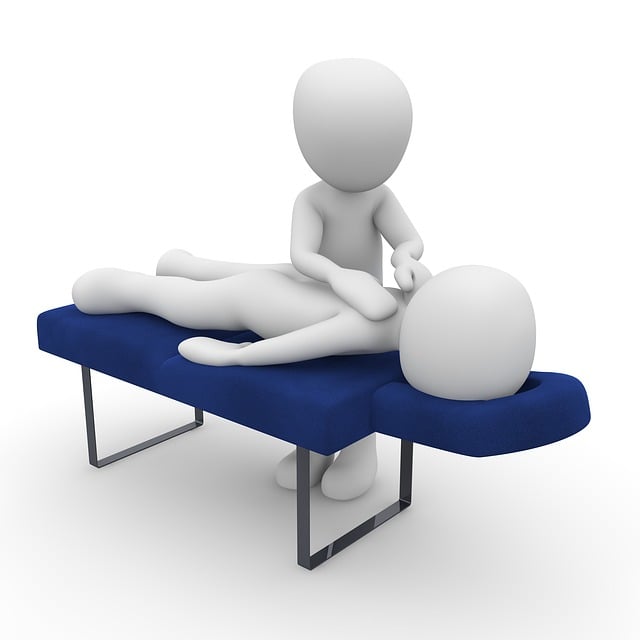Stress relief therapy, backed by science, uses holistic techniques like deep breathing, meditation, and progressive muscle relaxation to unwind mind and body. Regular practice offers substantial benefits such as lowering blood pressure, improving sleep, and boosting mood. Incorporating mindfulness, deep breathing, yoga, and other techniques into daily routines can reduce stress levels and enhance overall well-being, empowering individuals to navigate life's challenges with resilience and clarity.
“Unwind and embrace a calmer life with an in-depth exploration of relaxation techniques training. This comprehensive guide, ‘Understanding Stress Relief Therapy’, takes you on a journey to discover powerful tools for mind-body harmony. We’ll demystify the science behind various practices, offering a detailed overview of popular relaxation techniques. From meditation to deep breathing, learn how these strategies can be incorporated into daily routines. Discover the transformative benefits of consistent practice and gain insights to tailor stress management to your unique needs.”
Understanding Stress Relief Therapy: Unwinding the Mind and Body

Stress relief therapy is a holistic approach designed to help individuals achieve profound relaxation and unwind both mind and body. It involves a range of techniques aimed at reducing stress levels, promoting mental clarity, and enhancing overall well-being. By focusing on deep breathing exercises, meditation, progressive muscle relaxation, and other calming practices, this therapy offers a comprehensive solution for managing chronic stress and anxiety.
The key to stress relief therapy lies in its ability to engage the mind and body in a harmonious manner. It encourages individuals to become more aware of their thoughts and emotions, teaching them how to respond rather than react to stressful situations. Through regular practice, these techniques can help lower blood pressure, improve sleep quality, and boost mood, ultimately leading to a more balanced and serene state of being.
The Science Behind Relaxation Techniques: How They Work

Relaxation techniques have gained significant attention in recent years due to their potential to provide effective stress relief therapy. Scientifically, these practices work by engaging the body’s natural response systems to promote relaxation and balance. When we experience stress, our bodies activate the sympathetic nervous system, triggering the release of hormones like cortisol. This leads to increased heart rate, heightened alertness, and a range of physical symptoms. Relaxation techniques, such as deep breathing exercises or mindfulness meditation, initiate a counterresponse by activating the parasympathetic nervous system. This shift reduces heart rate, lowers blood pressure, and promotes a state of calm, thereby alleviating stress-related symptoms.
Regular practice of these techniques can alter brain function, leading to structural changes in regions associated with memory, emotion regulation, and reward processing. Studies have shown that mindfulness meditation, for instance, increases grey matter density in areas linked to learning, memory, and emotional control. This neuroplasticity suggests that relaxation practices not only provide immediate relief but also foster long-term resilience against stress. By understanding the science behind these techniques, individuals can better appreciate their power and be more motivated to incorporate them into their daily routines for improved mental and physical well-being.
Popular Relaxation Techniques: A Comprehensive Overview

In today’s fast-paced world, finding effective relaxation techniques has become a vital tool for managing stress and promoting mental well-being. A comprehensive approach to stress relief therapy involves exploring a variety of methods tailored to individual preferences and needs. Among the most popular are mindfulness meditation, deep breathing exercises, yoga, progressive muscle relaxation, and visualisation.
Mindfulness meditation encourages individuals to focus on the present moment, cultivating awareness without judgment. Deep breathing techniques, such as diaphragmatic or abdominal breathing, help calm the nervous system and reduce tension. Yoga combines physical postures, breath control, and meditation, offering both physical and mental benefits. Progressive muscle relaxation involves systematically tensing and releasing different muscle groups to alleviate physical and emotional stress. Visualisation techniques guide individuals through calming imagery, helping them escape stressful thoughts and find inner peace. These diverse practices offer accessible ways to incorporate stress relief into daily routines, fostering a sense of balance and tranquility.
Incorporating Relaxation into Daily Life: Practical Tips for Success

Incorporating relaxation into your daily routine can be a powerful tool in managing stress and promoting overall well-being. The key is to make it a sustainable practice, not just a temporary fix. Start by identifying moments throughout your day where you can insert calming techniques. For example, dedicate 10 minutes before work to deep breathing exercises or meditation. During lunch breaks, try a short walk in nature to clear your mind. Even a few minutes of mindfulness can significantly reduce stress levels.
At home, create an environment conducive to relaxation. This might involve setting aside a specific area for activities like yoga or reading. Incorporate soothing elements such as soft lighting, gentle music, or essential oils to enhance the experience. Regularity is vital; aim to practice these techniques daily to reap the full benefits of stress relief therapy. Over time, you’ll find yourself better equipped to handle life’s challenges with a calmer and more centred mindset.
Benefits of Consistent Practice: Transforming Your Well-being

Consistent practice of relaxation techniques offers profound benefits, transforming your overall well-being. By integrating mindfulness, deep breathing, and progressive muscle relaxation into daily routines, individuals can significantly reduce stress levels. This shift leads to improved mental clarity and emotional stability, making it easier to navigate life’s challenges with resilience.
Over time, regular engagement in stress relief therapy enhances self-awareness and promotes a sense of calm. It empowers individuals to better manage their reactions to stressful situations, leading to improved relationships and increased productivity. These techniques foster a deeper connection with one’s inner self, contributing to enhanced overall happiness and life satisfaction.
Choosing the Right Approach: Personalized Stress Management Strategies

Choosing the right relaxation technique is a personal journey, as what works for one person might not suit another. This is where personalized stress management strategies come into play. It’s essential to explore various methods and identify which ones resonate with your unique needs and preferences. Some individuals thrive on physical activities like yoga or walking, finding solace in the movement and connection to their bodies. Others may prefer mindfulness practices such as meditation or deep breathing exercises, allowing them to focus inward and quiet the mind.
Consider incorporating different techniques into your routine to discover a combination that offers optimal stress relief therapy. For instance, combining progressive muscle relaxation with guided imagery can create a powerful tool for unwinding after a hectic day. By tailoring these practices to your lifestyle and preferences, you empower yourself to manage stress effectively and cultivate a sense of inner peace.
